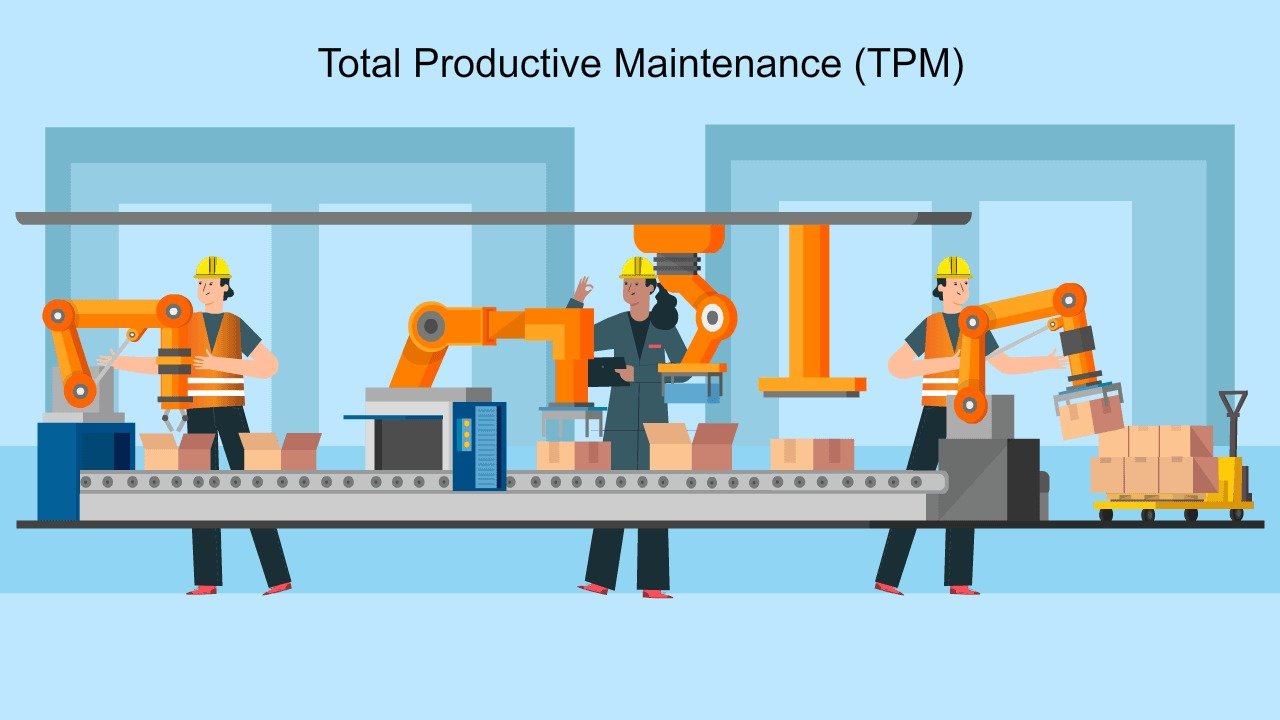Air compressor maintenance involves a set of practices that need to be performed to varying degrees on compressors of all makes and models. Whether you operate one compressor or several, you should routinely inspect key components of the machine and service them, if necessary. Failure to do so could result in premature failure and costly repairs.
Due to the high stakes at play, commercial air compressor maintenance has become an industry unto itself. Companies that serve all sorts of industries across the private sector rely on compressed air. However, many of these same companies lack the on-site talent to service air compressors as needed. Consequently, calls to service specialists are a common occurrence.
When you think about the way minor problems can easily grow into major problems when not remedied in time, air compressor preventive maintenance can save both money and time. After all, certain preventive steps are easy to learn and only take a few minutes to complete. Neglecting such steps, however, could result in costly repair bills down the line.
An air compressor employs a series of processes that turn incoming ambient air into a power source for tools and machinery. As such, an air compressor consists of various parts, each of which must be maintained to ensure their proper function. Basically, a compressor needs to have its oil changed, its filters cleaned and its after cooler inspected every three months, and have its filters replaced and connections tightened at least once every year.
- Read the User Manual
Some of the most common problems with an air compressor are easy to solve with the help of the user manual. While this might sound like a no-brainer, many owners of air compressors forget entirely about the manual and instead resort to distress calls, even for some of the most easily remedied issues.
For instance, there might be an issue with one of the connections or inlets that won’t initially make sense. A none-too-uncommon mistake in cases like these is for the operator to tinker with things manually in the hope of fixing the problem.
However, you should never try to fix anything on your air compressor without first reading through the user manual. Failure to follow this step could cost you down the line. If you purchased the compressor fairly recently, an improper adjustment could render the warranty null and void.
Granted, you need to have the patience to read the manual, as it might take several minutes before you find a solution to the problem at hand. In any case, an air compressor user manual can help you fix some of the more common, everyday problems the proper way and avoid the types of mistakes that could otherwise void your warranty.
- Tighten the Nuts and Bolts
As an air compressor goes through month after month of daily use, some of the nuts and bolts are bound to become loose. After all, as the machine vibrates, the parts that comprise the machine move. Loose screws and fasteners are not a sign that the machine is falling apart, just an indicator that it is time to pull out a wrench.
When you think about how easily various household items can become unscrewed, the loosening of nuts on a compressor should come as no surprise. This looseness is typically the result of vibrations, which intensify when an air compressor is used to power heavy-duty tools.
To determine whether loose nuts or bolts are indeed the issue at hand, manually test each fastener to see if there is any give. With a firm grip of the wrench, twist on the loose fastener until you can feel the bolt tighten. Only turn the nut to the point where it no longer moves. If you attempt to over-tighten, you might strip the bolt.
- Clean the Intake Valves
For an air compressor to function at full capacity, it must have clean intake vents. As you put the compressor through weeks of ongoing use, dust particles and other air-bound elements are bound to get sucked into the vents. Therefore, it is important to clean the vents regularly.
Problems due to clogged intake vents can be especially frequent if you use an air compressor for tools that generate dusty elements. For example, pneumatic woodcutters and sanders will inevitably produce hard dust particles that can accumulate within an air vent pretty quickly.
Intake valves can also become dirty in working environments with various air-bound particles. As the ground is broken at a construction site, dirt particulates get tossed into the air by the pneumatic tools used in the process. The same holds true in factories where cooking products like flour, salt and sugar are packaged in bags, boxes and containers.
Regardless of the working environment, clean the intake valves at least once every three months to ensure the purity of the outgoing air.
- Inspect the Hoses
Of all the parts to an air-compressor assembly, hoses are among the more vulnerable. As the component that transfers compressed air between the machine and a given endpoint, hoses are supposed to be strong and tight yet loose and flexible. As such, the hoses bear a lot of responsibility and can easily show strain as time passes on.
Inconsistencies in air pressure can exacerbate the problem. If the pressure is too intense, the hoses are bound to get stretched while transferring air from the machine to a given pneumatic tool. If periods of over pressure are followed by cycles of insufficient pressure, the hoses contract ever so slightly. As hoses are moved around, bends and folds are liable to take their toll.
To ensure the compressor never lags due to worn hoses, inspect the hoses on a regular basis. If you see signs of creases or wear, change out the hose for a new one. If overlooked, a worn hose could render your air compressor inefficient.
- Change the Air Filter
Throughout the course of a daily usage cycle, the filter inside your air compressor will trap lots of junk. The filter is designed to bear a heavy load. Without the filter, dust and other impurities could easily put a drag on the air compressor and degrade the performance of pneumatic tools.
When it comes to applications where pneumatic painting and drying tools are in use, the purity of air is most crucial. Just think what these applications would be like without this air-filtering process. A painted surface, for instance, could end up blotched, sandy or inconsistent in some other way.
At an assembly plant, the quality of the air filter can make or break an entire line of products. Even if the line in question is salvageable, the pneumatic application that caused the problem would have to be redone.
However, even the filter itself can reach its limits. While the job of the filter is to collect all the dust that would otherwise infect the compressed air and degrade the quality of end-point operations, the filter becomes less and less capable as it fills. Therefore, it is crucial to change out the air filter annually.
For more information, or if you want practical knowledge from a professional. Please visit.
Reference: https://kaishanusa.com/blog/air-compressor-maintenance






